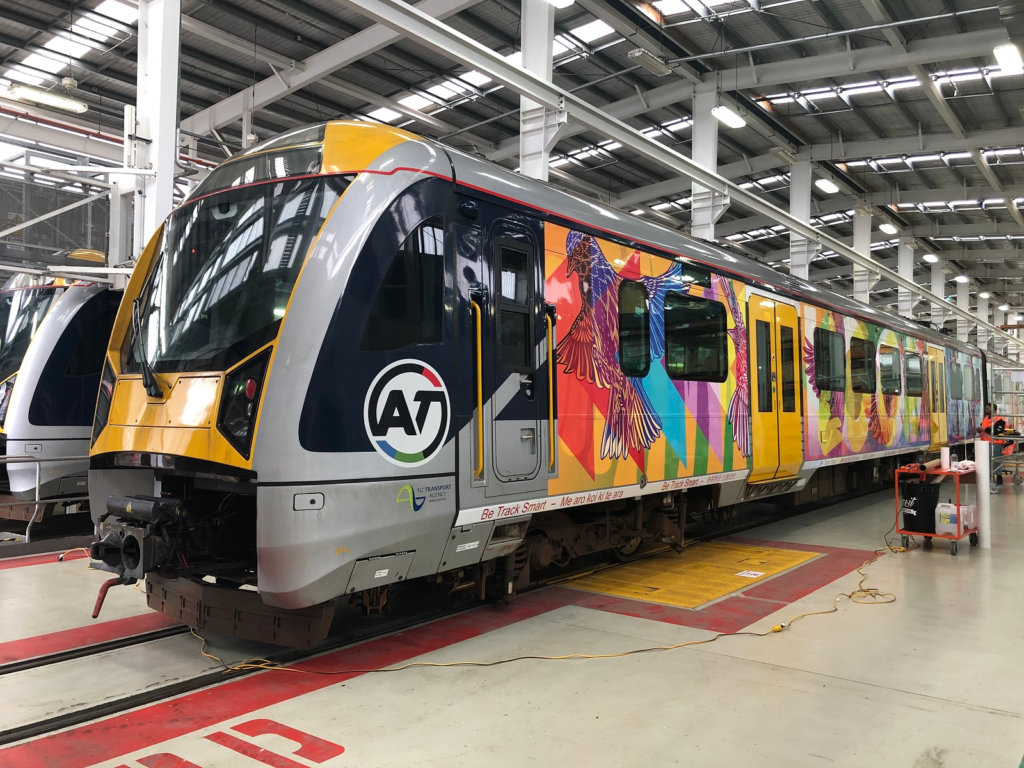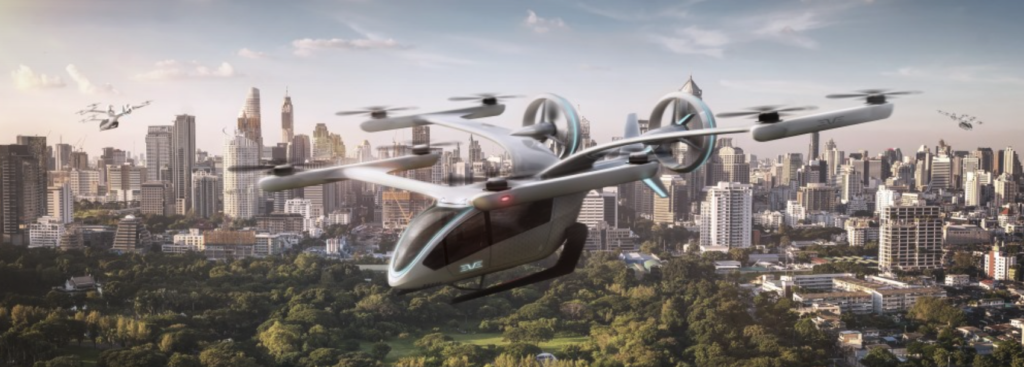KiwiRail Announces New Auckland Southern Station Locations
KiwiRail and the Supporting Growth Alliance (Auckland Transport and Waka Kotahi) have today confirmed their proposed sites for three new stations in southern Auckland and will now begin more detailed consultation with stakeholders about their…

